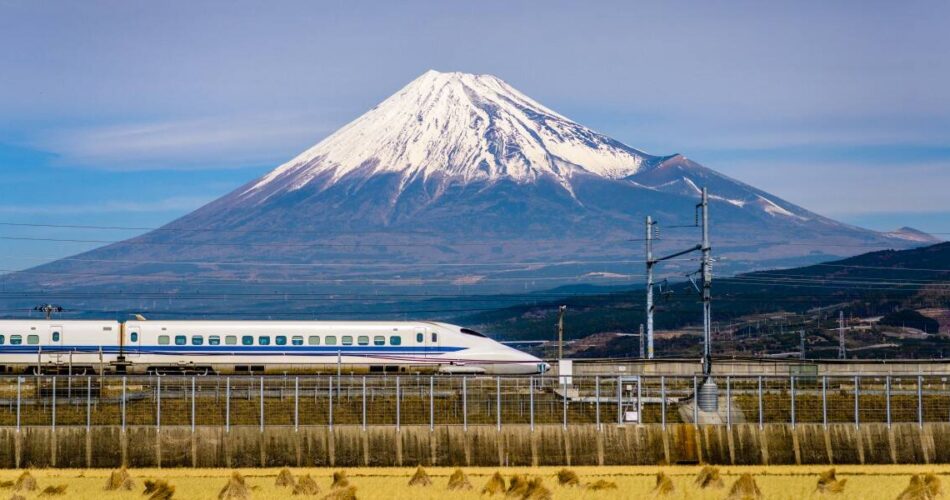Japan’s decision to reignite its nuclear power industry is facing serious setbacks: 11 years of prohibition has led to a shortage of engineers, a lack of students training to fill vacant positions and a dearth of domestic nuclear manufacturing capability.
The Japan Electrical Manufacturers’ Association claims the number of “skilled engineers responsible for manufacturing nuclear equipment” has declined by 45 percent since the government banned nuclear power projects and shut existing reactors in response to the Fukushima meltdown in 2011.
In addition, the JEMA said there are 14 percent fewer students in nuclear engineering programs at Japan’s universities and graduate schools, the Financial Times reports.
According to the International Atomic Energy Agency, Japan got around a third of its power from nuclear energy prior to the Fukushima meltdown. Japan never cut nuclear from its power generation entirely, and prior to the moratorium lift was getting around 7.5 percent of its electricity from nuclear sources that weren’t shuttered.
In July of last year, Japan restarted several nuclear plants to stave off energy uncertainty thanks to interrupted gas flows from Russia, which the country has relied on since decommissioning its nuclear facilities.
Several Japanese companies have jumped back into nuclear research since the moratorium has lifted as well. Mitsubishi, for example, partnered with several power utilities to develop a new form of light-water reactor that’s more stable, safer and easier to control, and is also working on smaller nuclear reactors as well as gas-cooled reactors that produce hydrogen.
Hitachi, which has partnered with GE to develop miniature nuclear power plants, known as small modular reactors, or SMRs, and already has plans to deploy them in the US, Canada and Poland.
The International Atomic Energy Agency believes [PDF] there’s no path toward global 2050 zero emissions goals without the expansion of nuclear power. The agency sees nuclear as an intermediary power source until the wider adoption of renewables like wind and solar, as fossil fuel use is reduced.
Japanese officials previously planned to phase out nuclear power entirely by 2030, but now hopes nearly a quarter of the country’s power will come from nuclear sources by the end of the 2020s.
According to NPR, that goal might be out of reach because it would require construction of an additional 17 reactors by 2030 – a tough goal under the best of circumstances.
Japan’s reversal of the nuclear power ban didn’t do anything to address supply shortages, NPR said. Add manpower shortages to that equation, and Japan’s nuclear ambitions seem increasingly out of reach. ®
Source link



